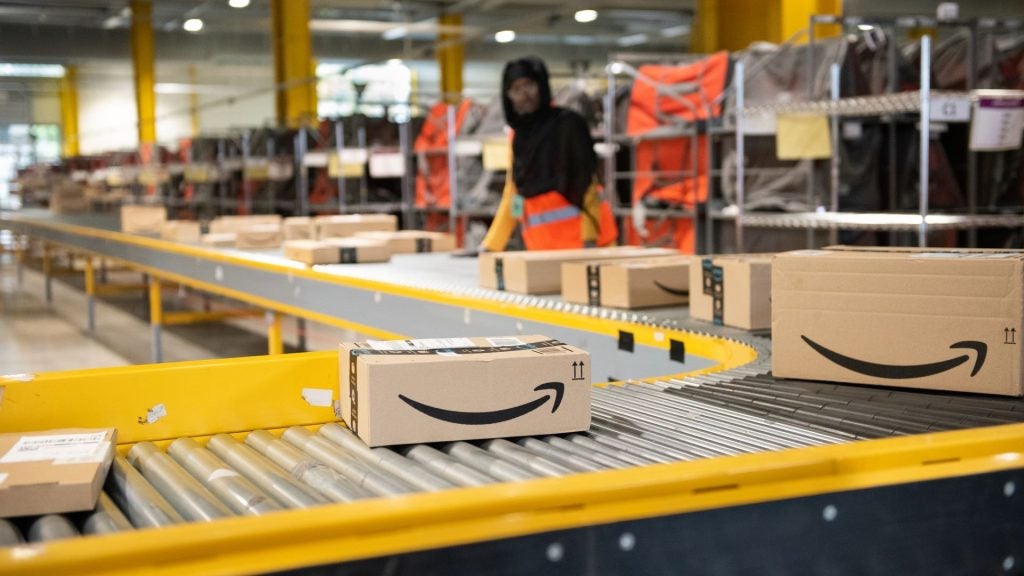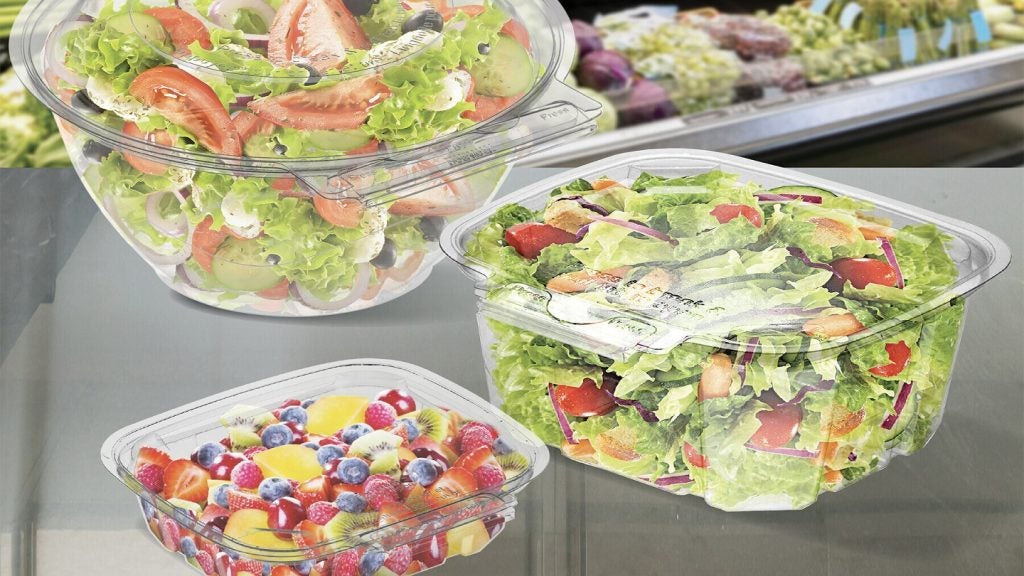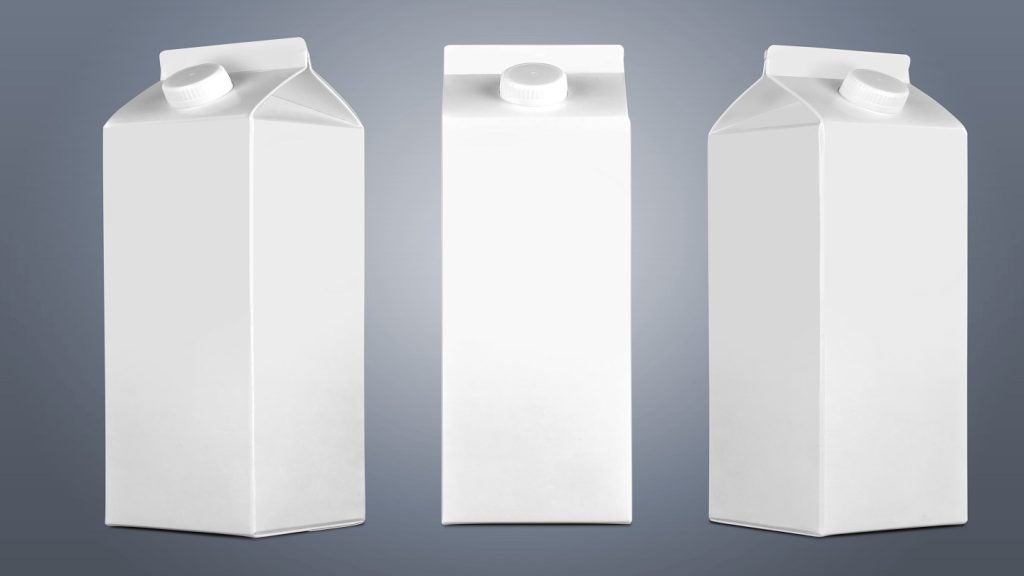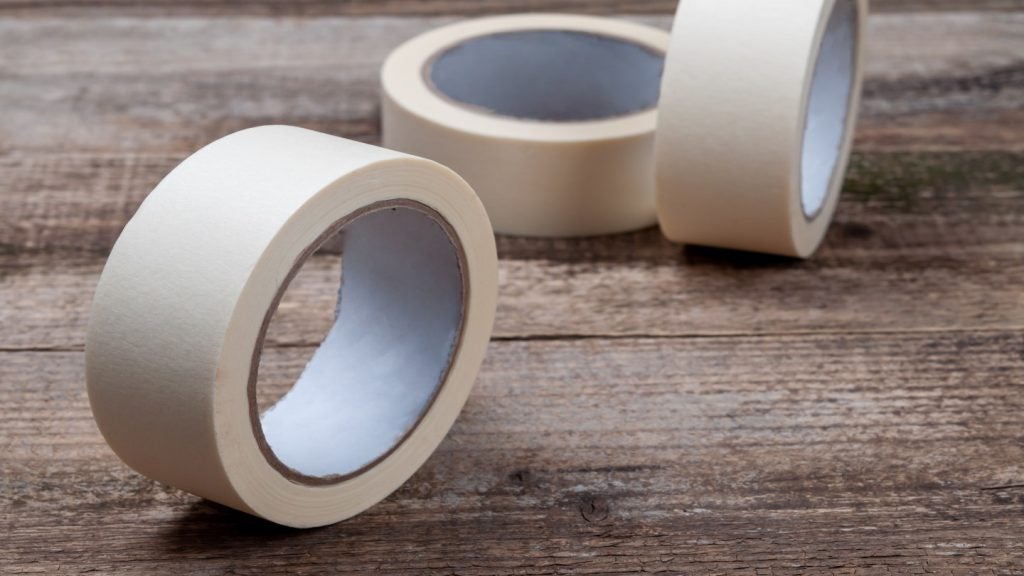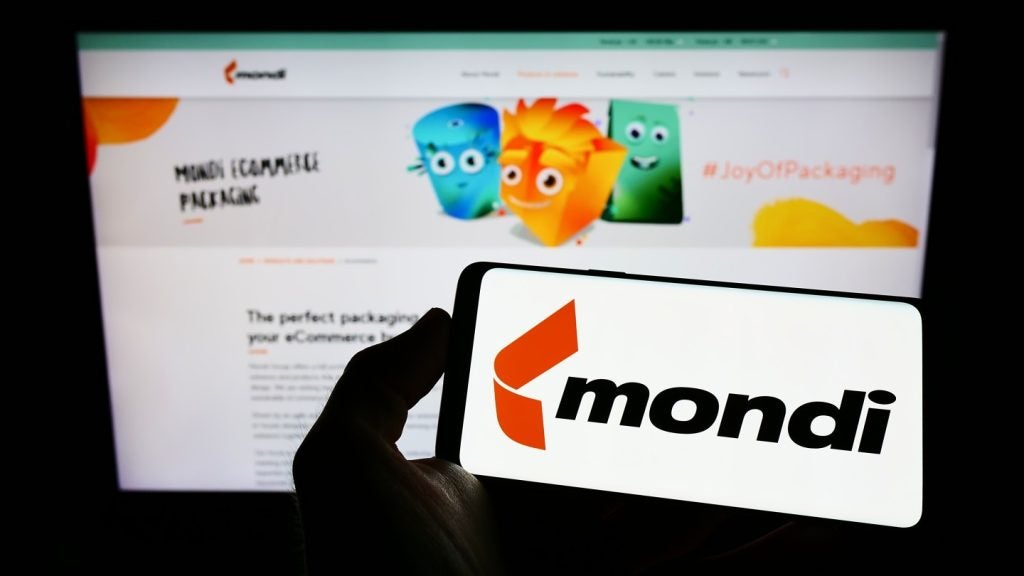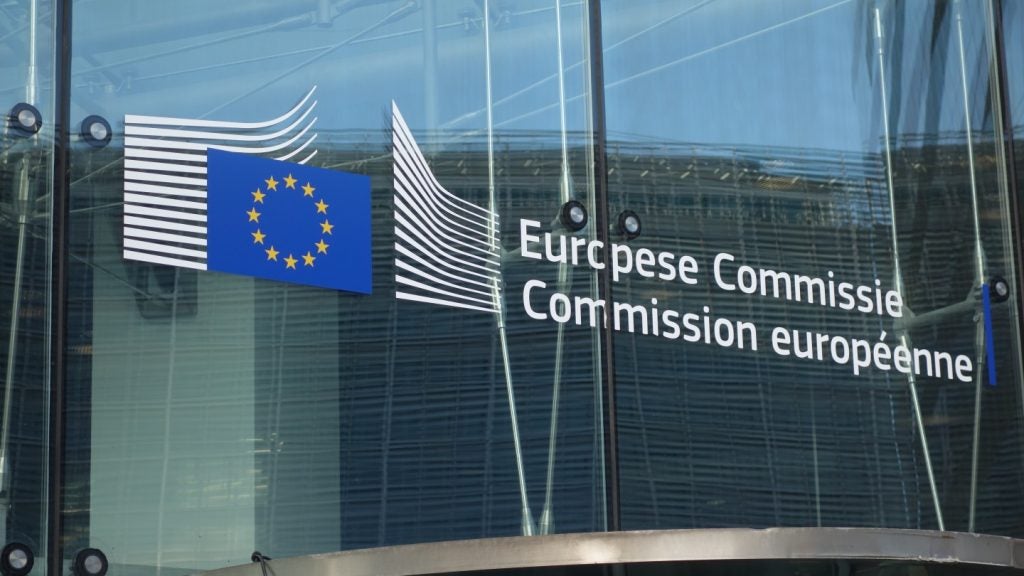Approximately 11% of global Amazon shipments are now delivered in their original packaging, due to the efforts of the company's Packaging Innovation Lab, situated outside Seattle in the US.
Amazon's pursuit of packaging innovation through its Ships in Product Packaging programme reduces environmental impact and provides its customers with the option for a more sustainable and streamlined delivery experience.
The Packaging Innovation Lab is a hub where Amazon researchers employ solutions to assess whether products can be safely shipped without additional packaging.
By collaborating with brands and industry partners, the lab also develops custom packaging to reduce waste and elevate the overall customer experience.
Simplified testing procedures
To qualify for Amazon's Ships in Product Packaging programme, selling partners can submit their products for testing at the Packaging Innovation Lab or approved third-party labs. In some cases, partners can conduct the tests themselves.
If a product meets the safety criteria, it automatically becomes eligible to ship in its original packaging, minimising unnecessary waste.
Precision testing for safe delivery
Amazon said it employs a rigorous testing process, developed in partnership with the International Safe Transit Association, to ensure the durability of product packaging.
From vibration simulations mimicking various transportation scenarios to drop tests from different angles, the Packaging Innovation Lab scrutinises each item's packaging to withstand the challenges of fulfilment and delivery.
Tailored tests for different products
Heavier items undergo compression tests, simulating the weight of stacked packages in fulfilment centres.
The Incline Impact Test System assesses scenarios where an item might hit against a truck wall during sudden braking.
Large items face additional scrutiny, ensuring packaging durability against forklift pressure.
Customer-centric approach
Amazon said its commitment extends beyond testing. Machine learning is employed to identify items with packaging qualities similar to those that pass the lab tests.
Customers can also choose to include Amazon packaging during checkout if desired.


